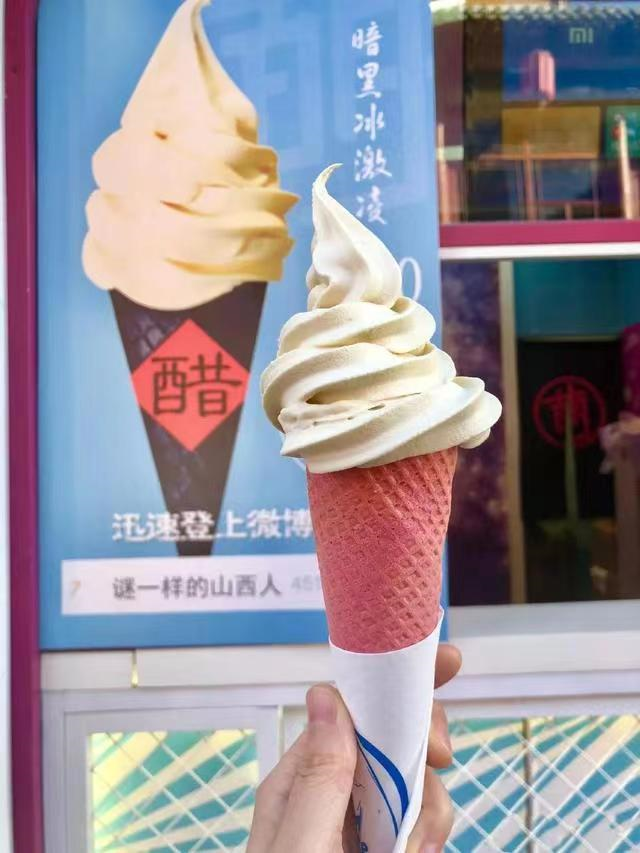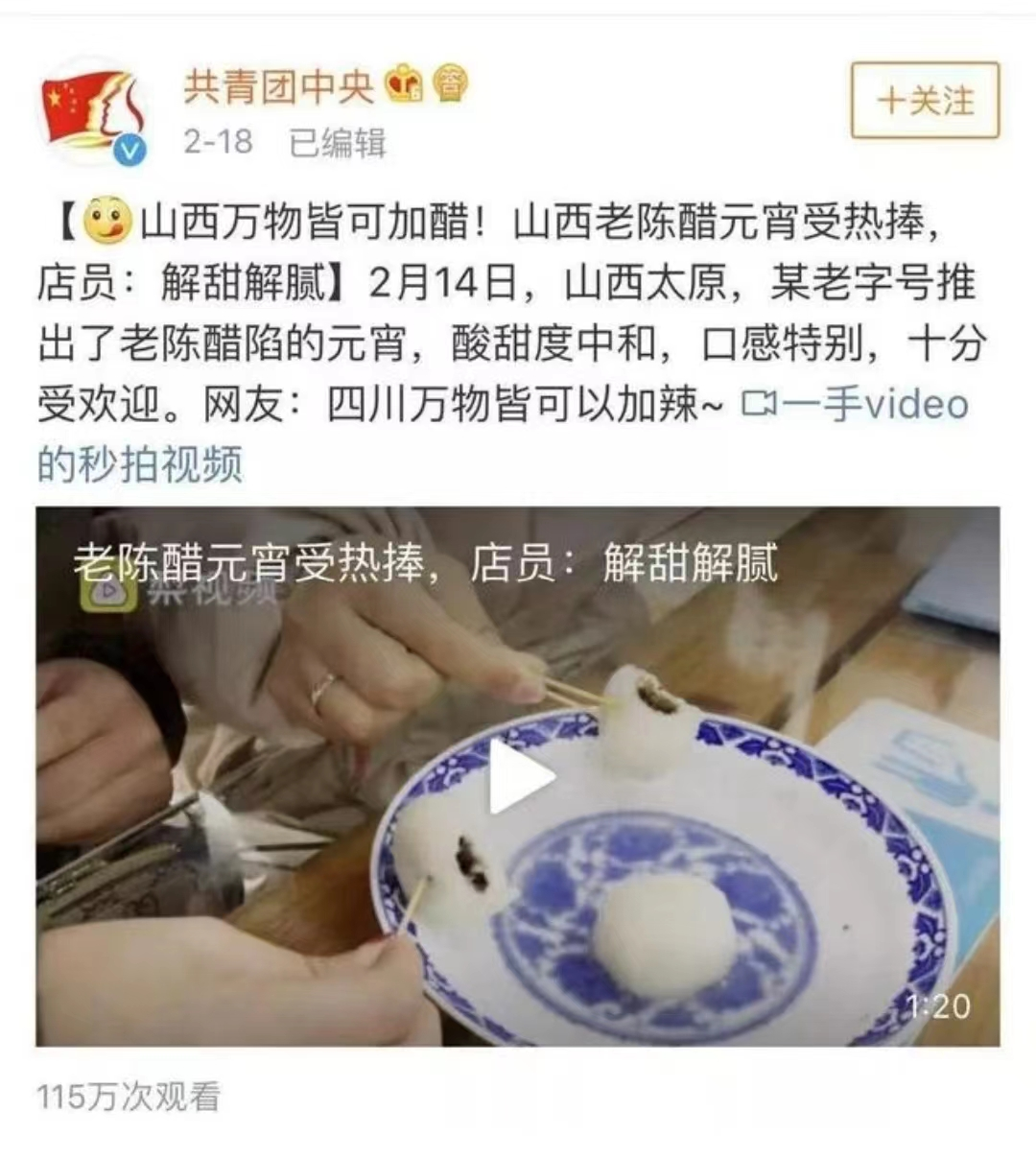The China-EU Agreement on Geographical Indications officially entered into force on March 1, 2021. It is China's first bilateral comprehensive and high-level agreement on the protection of geographical indications (GIs), and an important and practical outcome in the development of China-EU economic and trade relations in recent years.
We will continue to introduce to you the first batch of 100 Chinese GIs and 100 European GIs under the Agreement, to better protect and market them to meet the needs of consumers on both sides for a better life.
GI Episode 32: Shanxi Aged Vinegar
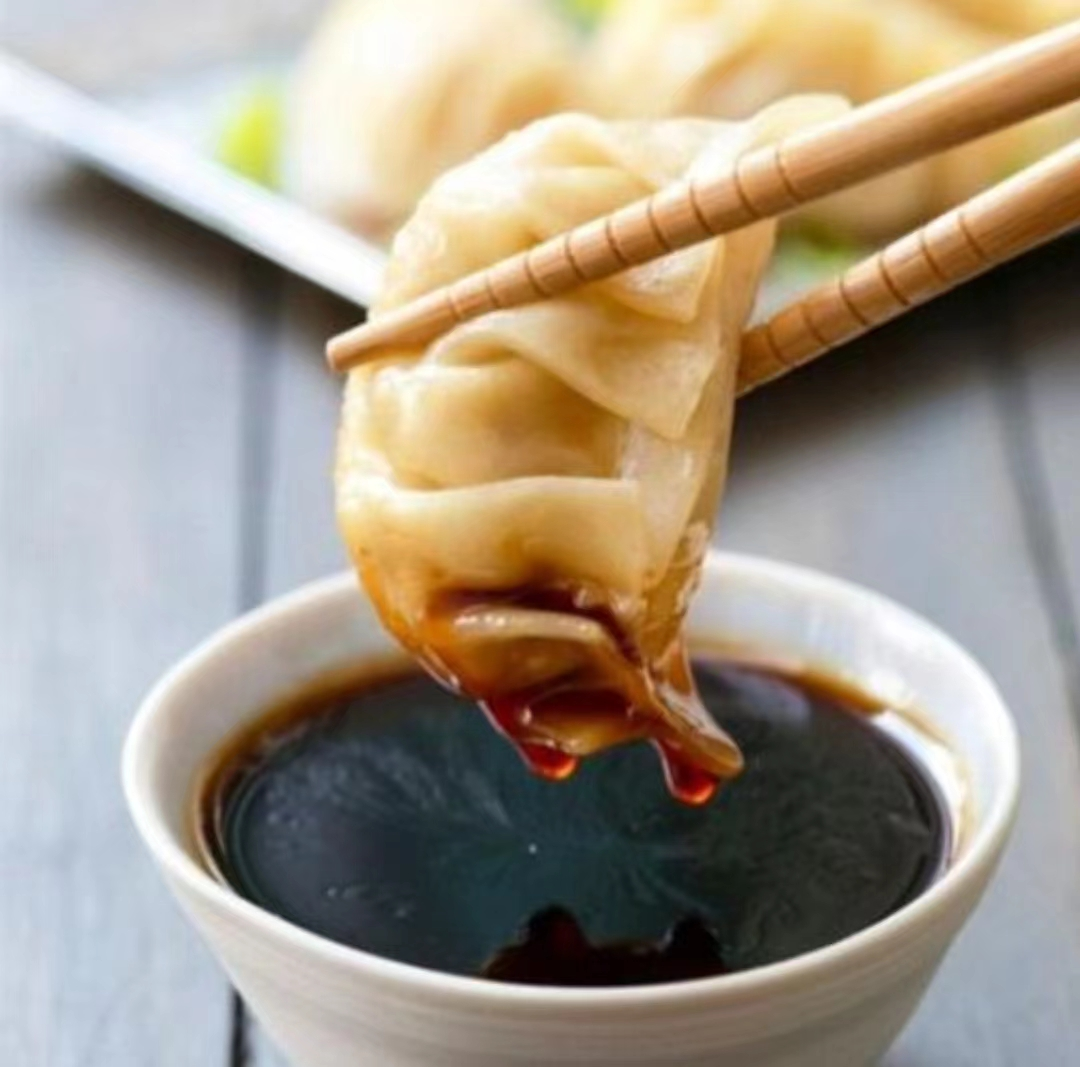
Vinegar, the most common condiment in Chinese people’s daily diet, is an indispensable item on the dinner table of almost every household, used in cooking stir-fried hot dishes, preparing cold dishes, and dipping dumplings etc. The four famous vinegars recognized in China are Shanxi aged vinegar, Jiangsu Zhenjiang vinegar, Fujian Yongchun aged vinegar and Sichuan Langzhong Baoning vinegar.

Shanxi aged vinegar, heading the four famous vinegars in China, is made from high-quality sorghum, barley, peas and other grains through the process of steaming, fermenting, smoking, drenching and aging. Carrying forward the vinegar-making techniques developed since the Western Zhou Dynasty, the vinegar boasts a history of over 3,000 years, known as “No. 1 Vinegar in the World” and celebrated for its five characteristics: color, aroma, mellowness, full-bodiedness and acidity. “Since ancient times, Shanxi has been celebrated for producing premium vinegar, and the best vinegar in Shanxi is found in Qingxu”. Among the aged vinegars, the best vinegar is from Qingxu County, which is located in the south of Taiyuan City nurtured by mountains and rivers. As legend goes, there was a jade spring in the southeast of the city of Emperor Yao, where Emperor Yao used to brew vinegar in person. At the Panama International Exposition in 1924, the Qingxu aged vinegar won the first prize of high-quality goods, thus becoming famous at home and abroad.
The unique five-step brewing process of Shanxi aged vinegar, “steaming, fermenting, smoking, drenching and aging” has resulted from constant development and improvement of traditional techniques, standing out as a splendid pearl among China’s intangible cultural heritages.
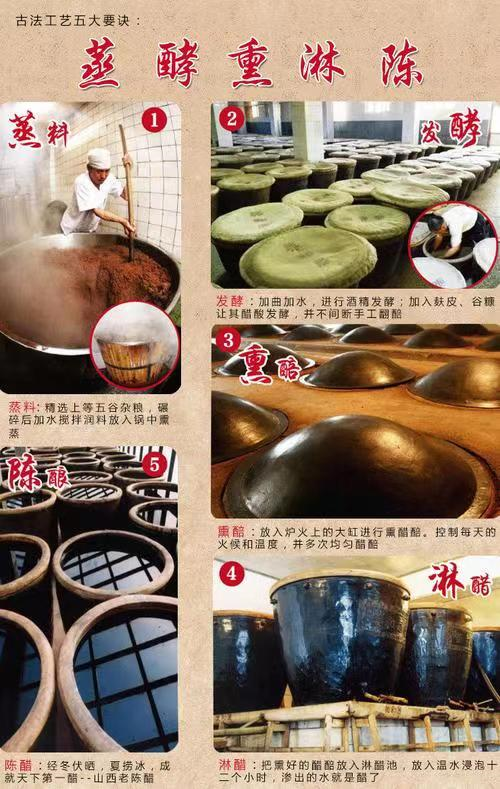
Academician Fang Xinfang, founder of the microbiology discipline in China, has authored the book Shanxi Vinegar, which expounds the reason for the fame of “No. 1 Vinegar in the World”, "The color and aroma of premium Shanxi vinegar are produced by chemical reactions of the vinegar per se due to long process of aging, instead of being added. So it deserves the reputation as a famous product in China.” The Shanxi Plateau has strong sunshine and significant diurnal amplitude, and therefore the grains produced locally and used as raw materials of aged vinegar feature high contents of sugar and amino acids. On the other hand, on the Shanxi Plateau, the winter is cold and the summer sunshine is blazing The aging process of vinegar brewing, commonly known as exposure to the sun in summer and ice in winter, produces the better quality with the longer time, and brews the aged vinegar integrating the essence of grains. The history of Shanxi vinegar has gradually evolved into the development history of Shanxi aged vinegar.


Vinegar is like wine, calling for premium water. The water used for Shanxi aged vinegar comes from the groundwater of the Mount Tianlong water system. Mount Tianlong, a branch of the Lvliang Mountains, is located 36 kilometers southwest of Taiyuan City, with an altitude of 1,700 meter. With a forest coverage rate of 70% and excellent springs and streams, the mountain offers high-quality water for brewing Shanxi vinegar.
Different from Western people, who have been accustomed to fruit vinegar, Chinese ancestors mainly had vinegar fermented from grains, which contained more essential nutrients such as amino acids.
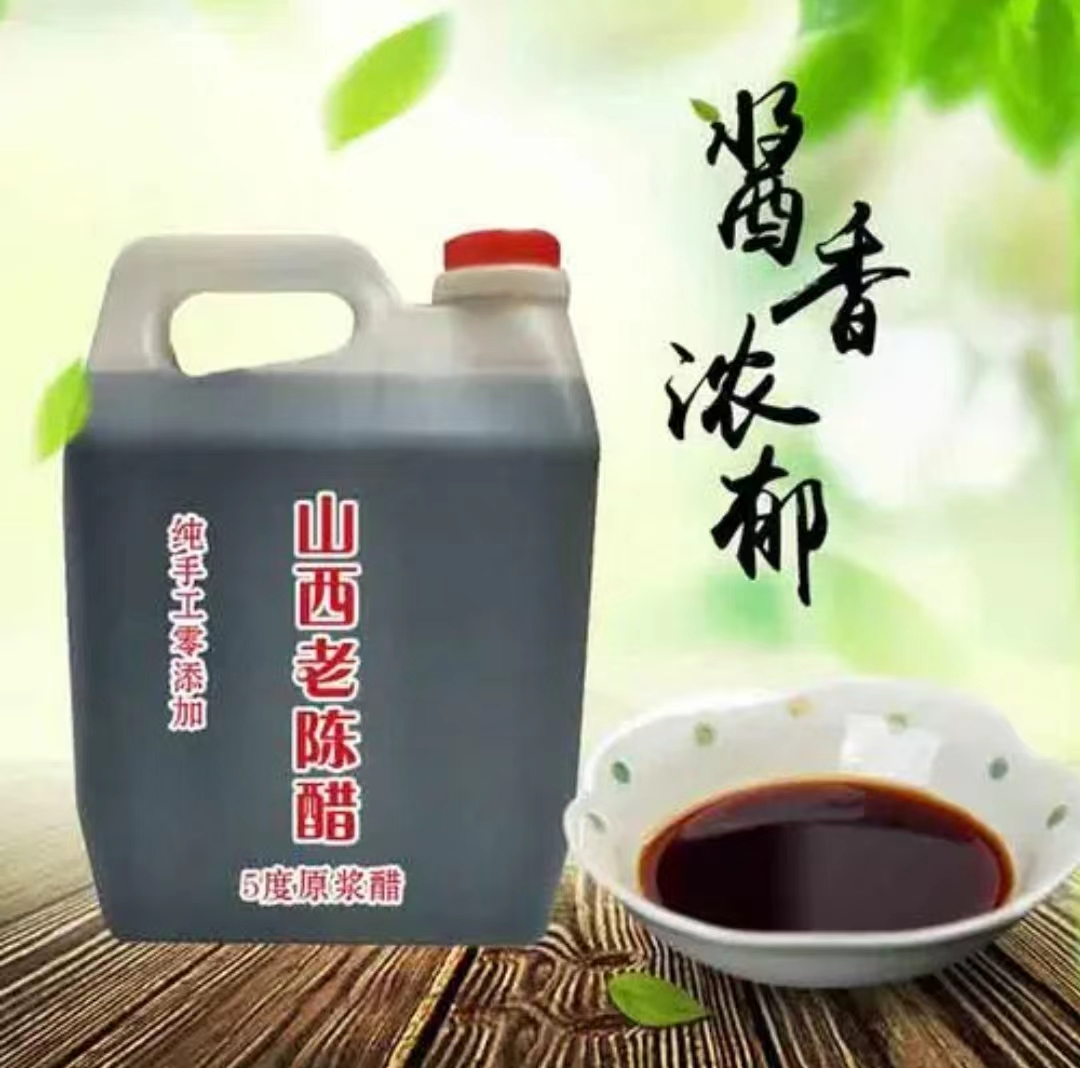
Shanxi aged vinegar is carmine red, rich in amino acids, organic acids, sugars, vitamins, etc. Integrating aromas from brewing, ingredients, ageing and ester, the vinegar is known among the folks as “Bottle-Penetrating Aroma”. With a delicious, fragrant, sweet, refreshing, and lingering taste of pure and mellow flavor, the vinegar is celebrated as an excellent product for health care and seasoning, featuring the effects of increasing appetite, stimulating digestion, eliminating fishy and greasy smell, decomposing fat, preventing diseases and strengthening the body.
For Shanxi people fond of vinegar, the addition of a little vinegar enhances the taste of everything.
